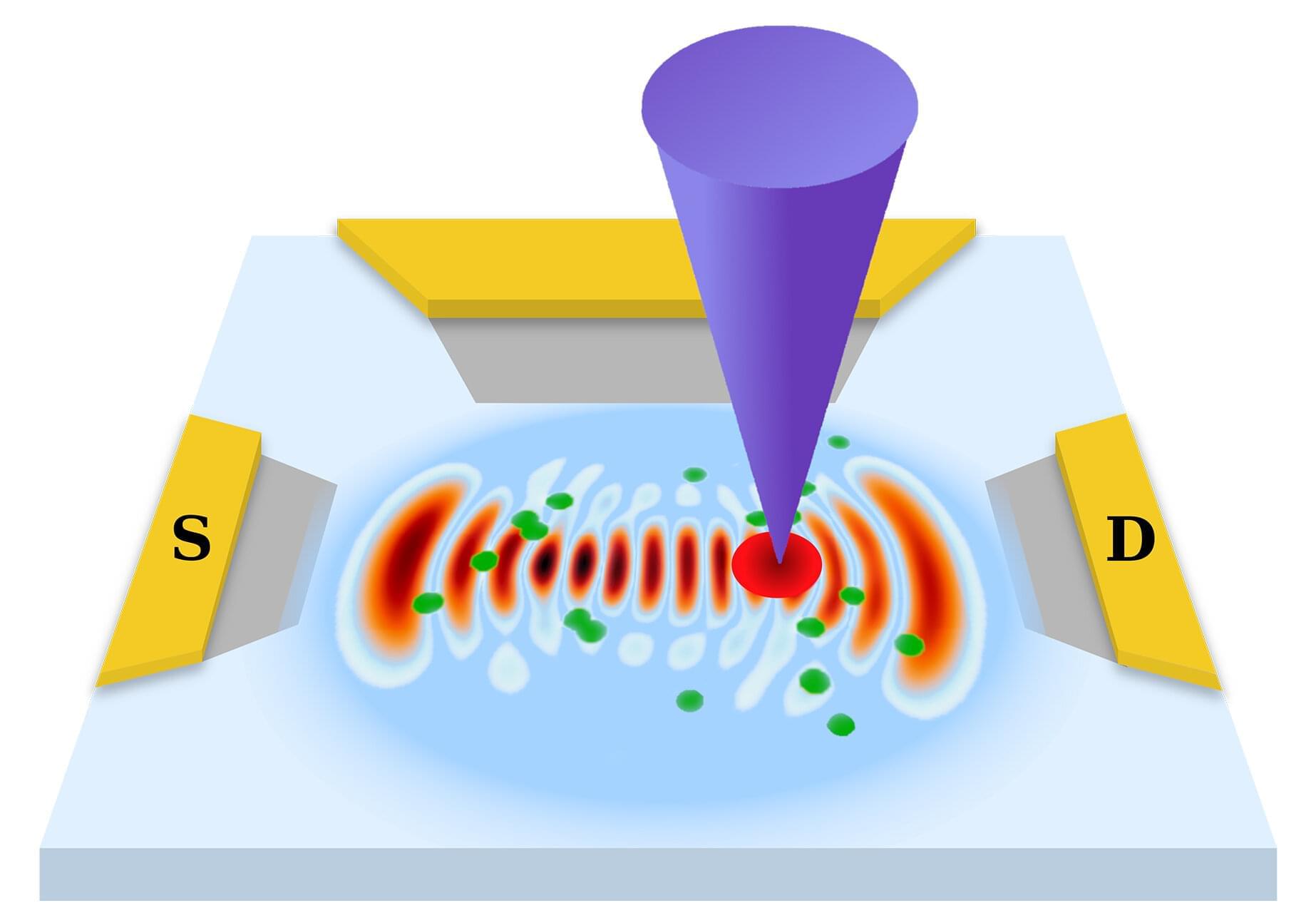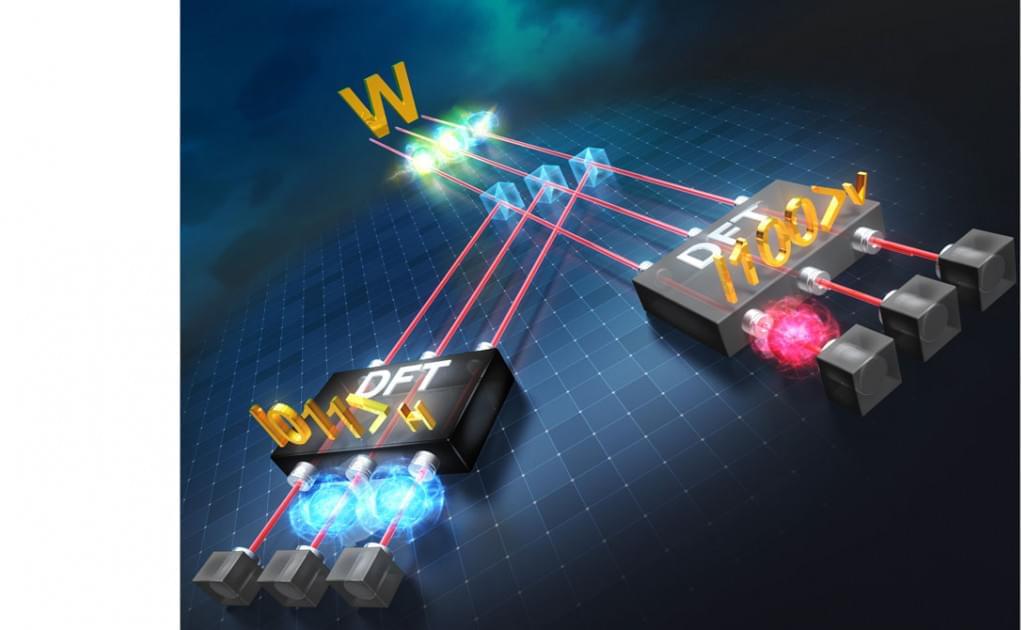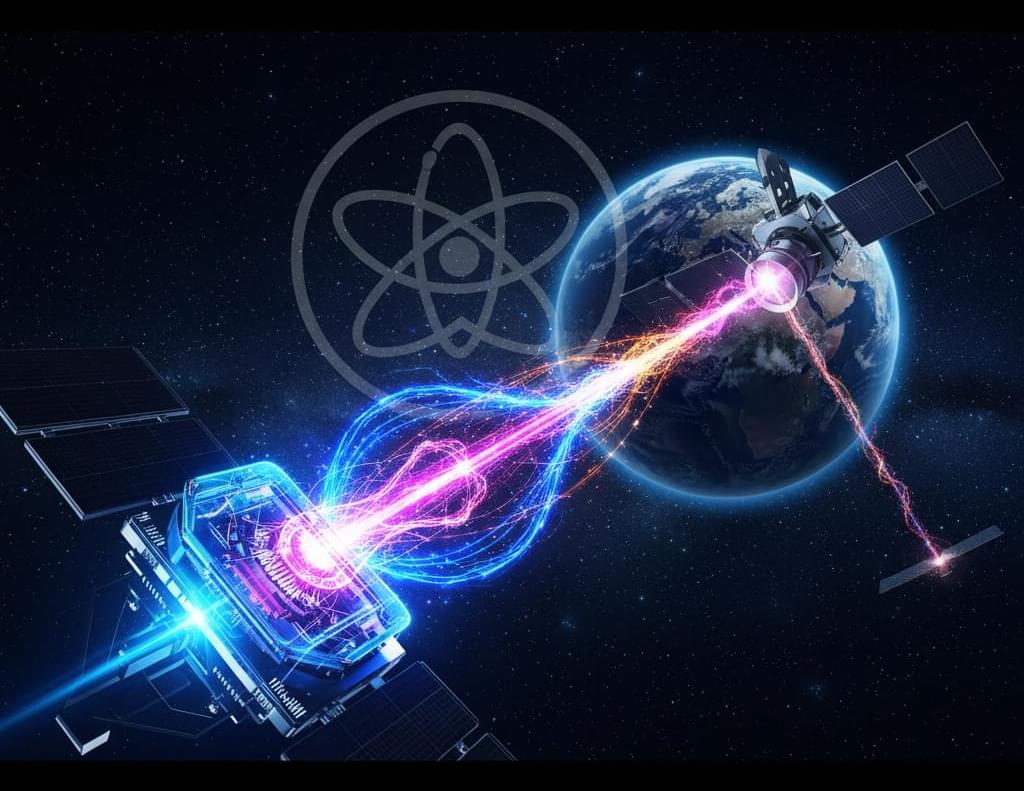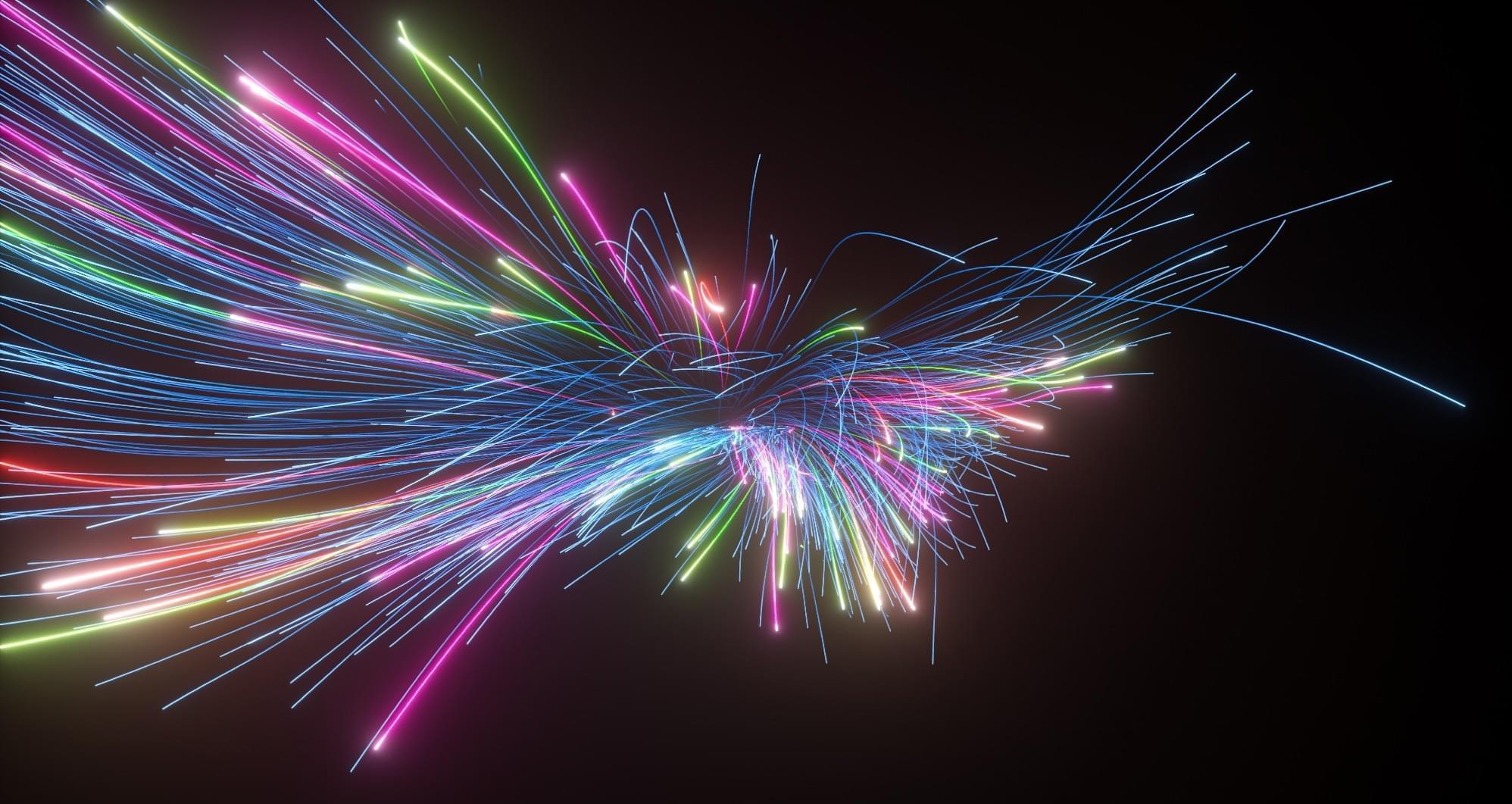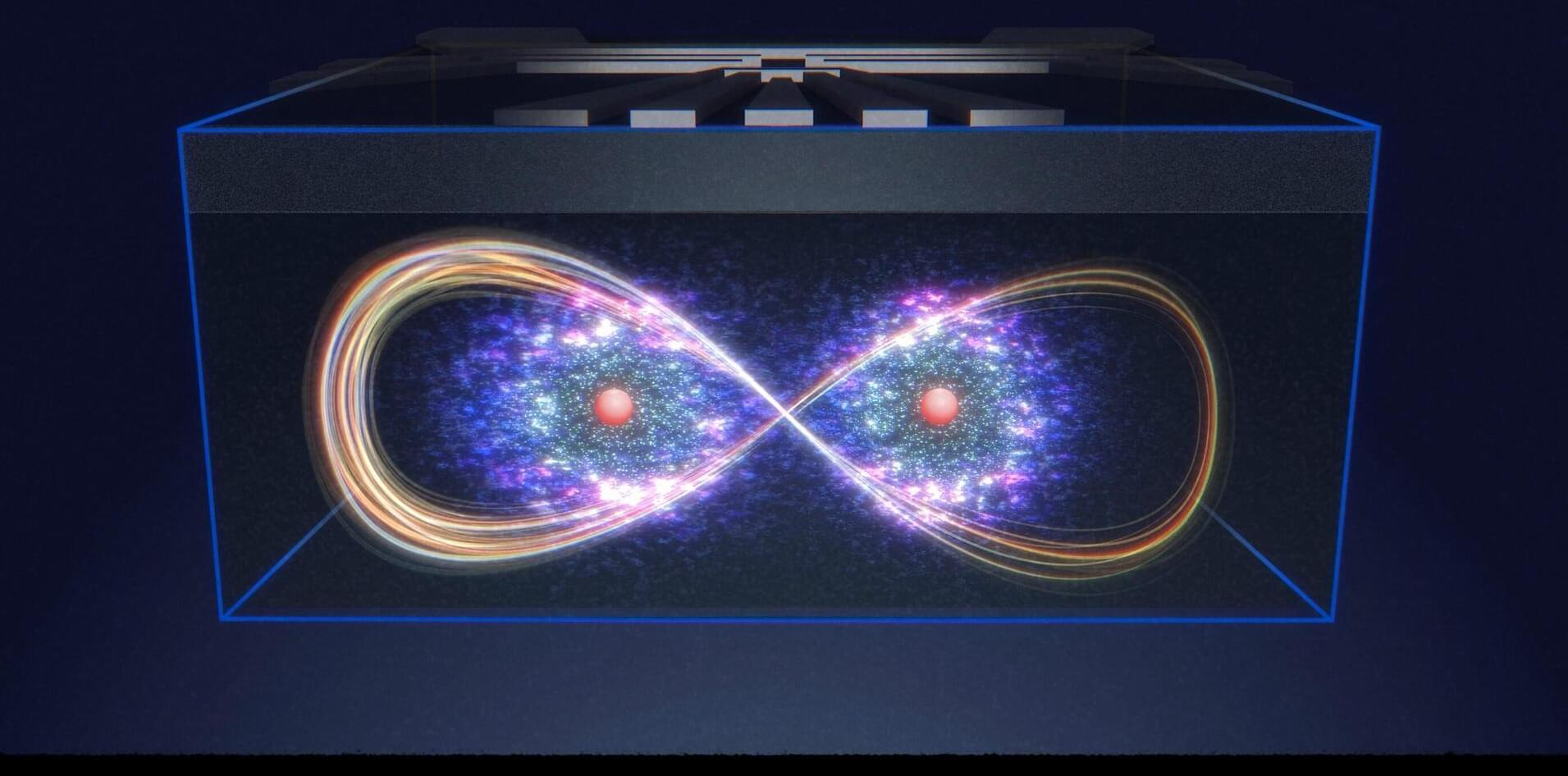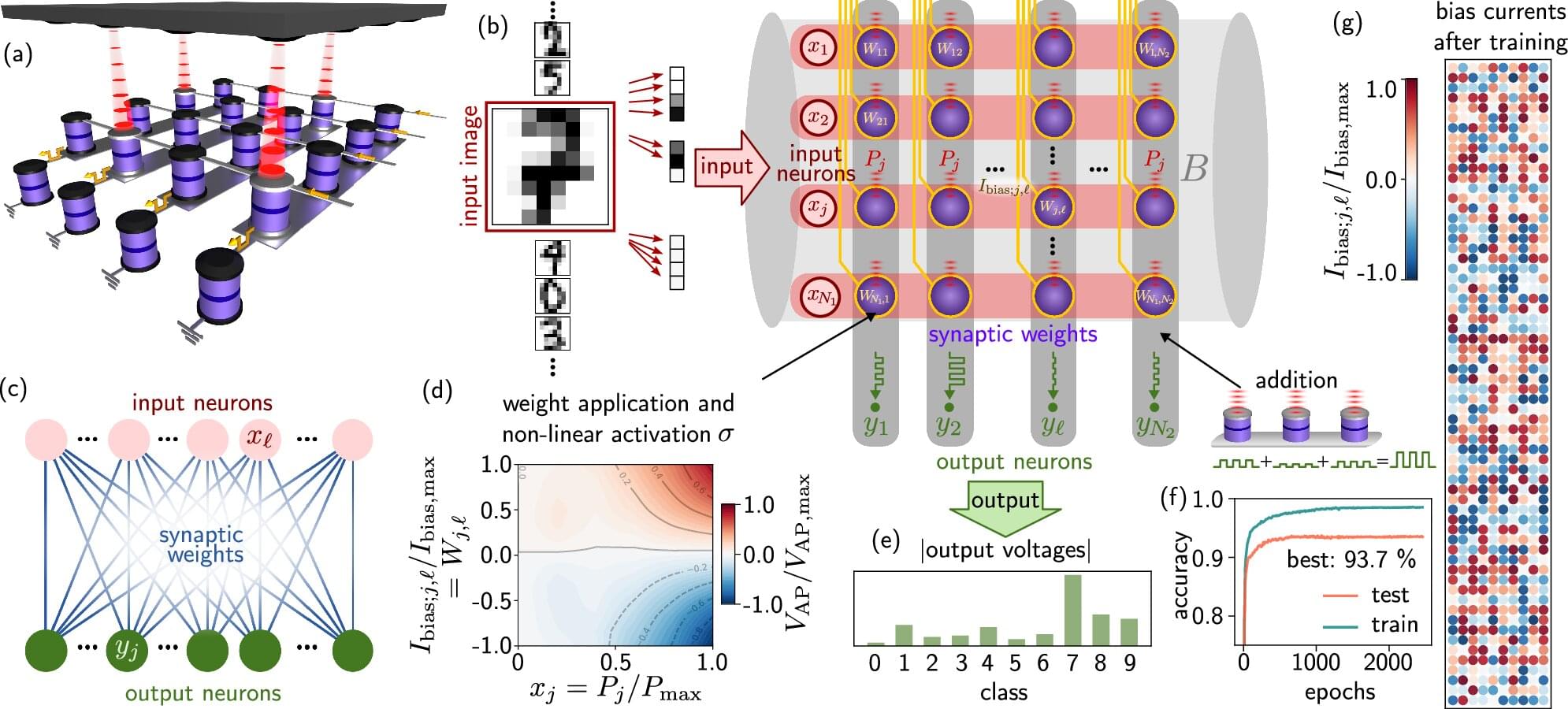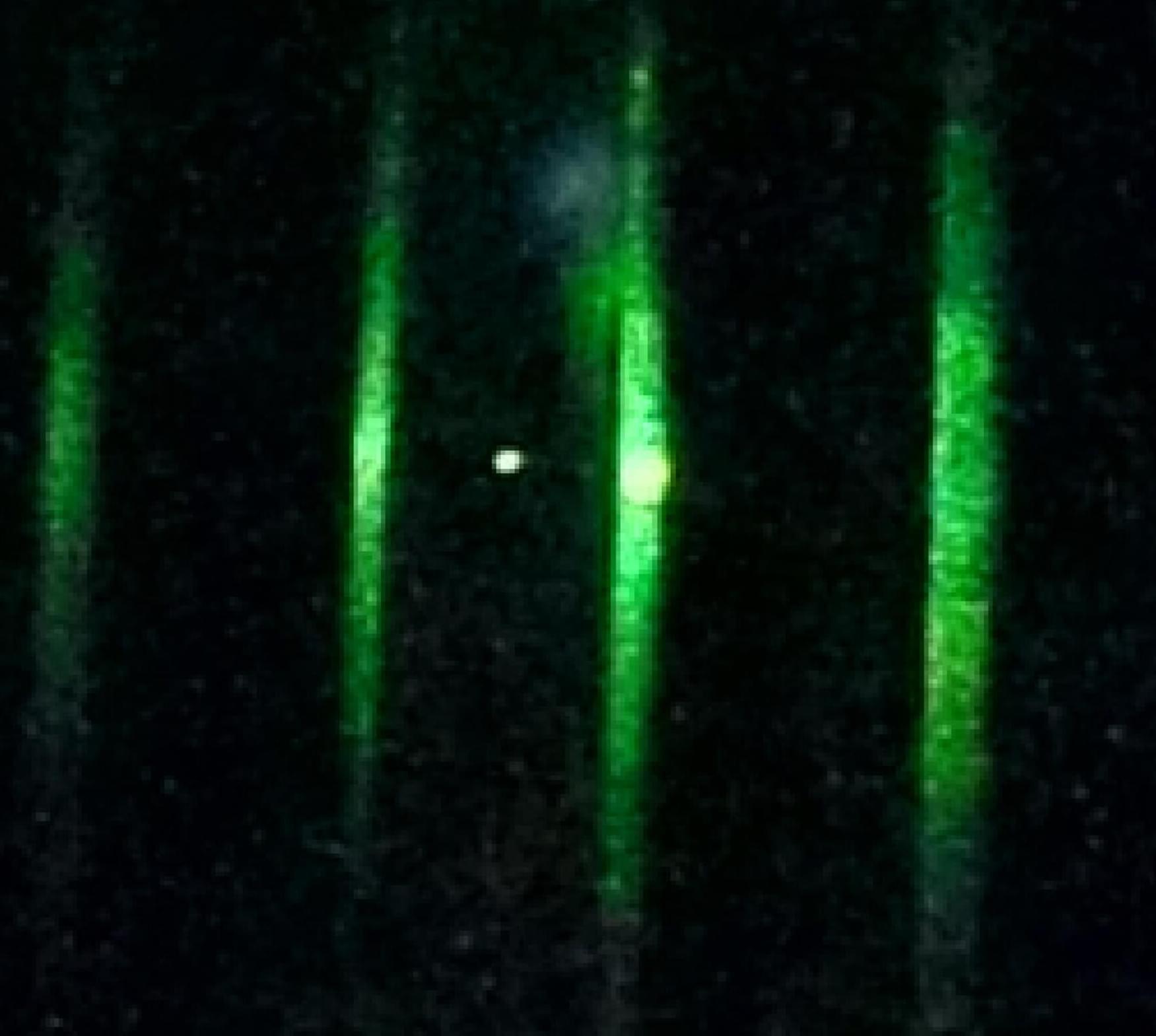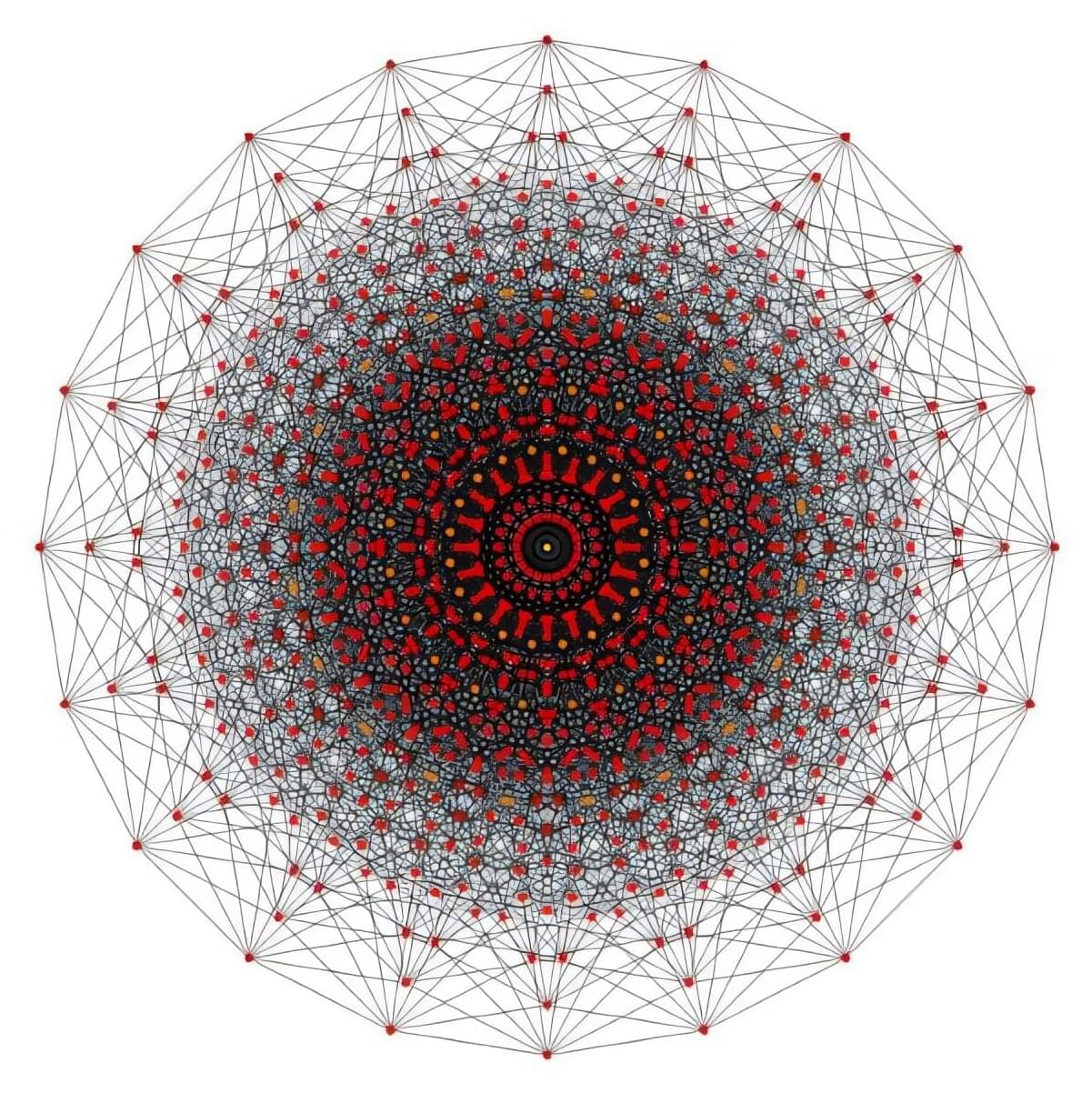Quantum physics often reveals phenomena that defy common sense. A new theory of quantum scarring deepens our understanding of the connection between the quantum world and classical mechanics, sheds light on earlier findings and marks a step forward toward future technological applications.
Quantum mechanics describes the behavior of matter and energy at microscopic scales, where randomness seems to prevail. Yet even within seemingly chaotic systems, hidden order may lie beneath the surface. Quantum scars are one such example: they are regions where electrons prefer to travel along specific pathways instead of spreading out uniformly.
Researchers at Tampere University and Harvard University previously demonstrated in their article published in “Quantum Lissajous Scars” that quantum scars can form strong, distinctive patterns in nanostructures, and that their shapes can even be controlled. Now, the Quantum Control and Dynamics research group at Tampere University’s Physics Unit is taking these findings further. In their new article, the researchers report that quantum scars significantly enhance electron transport in open quantum dots connected to electrodes. The work is published in the journal Physical Review B.
